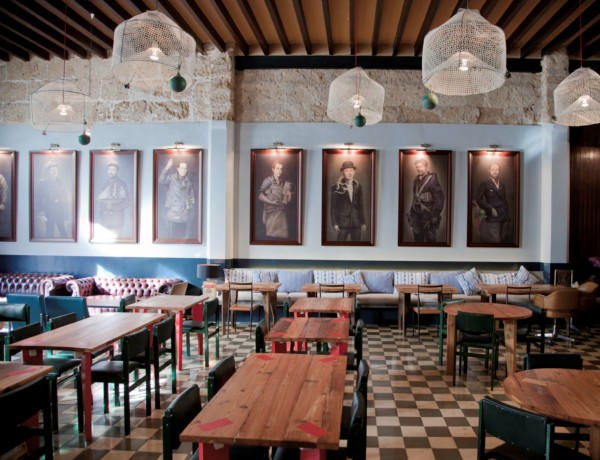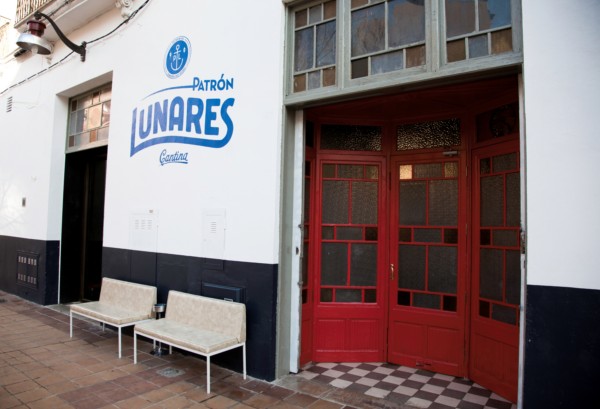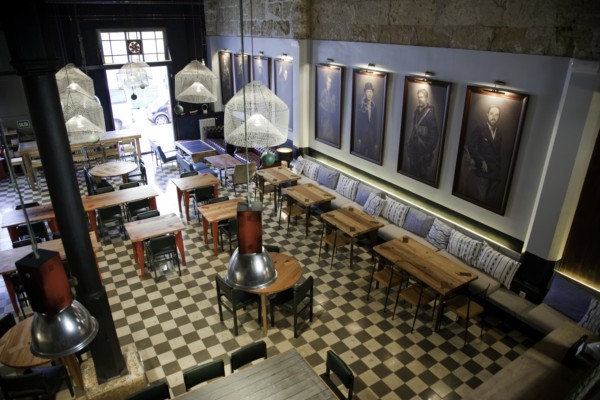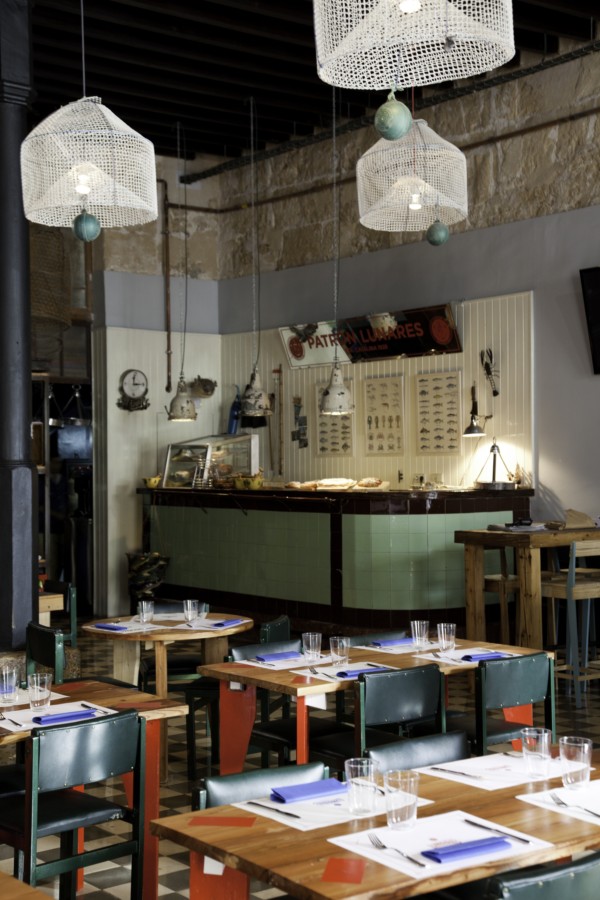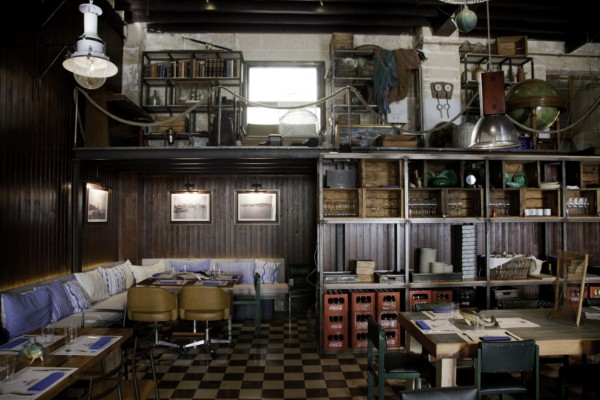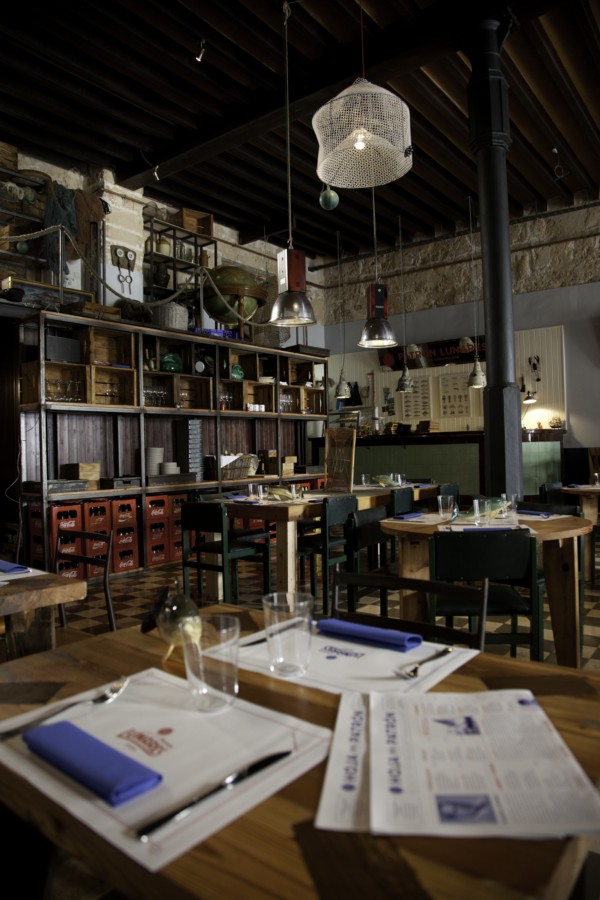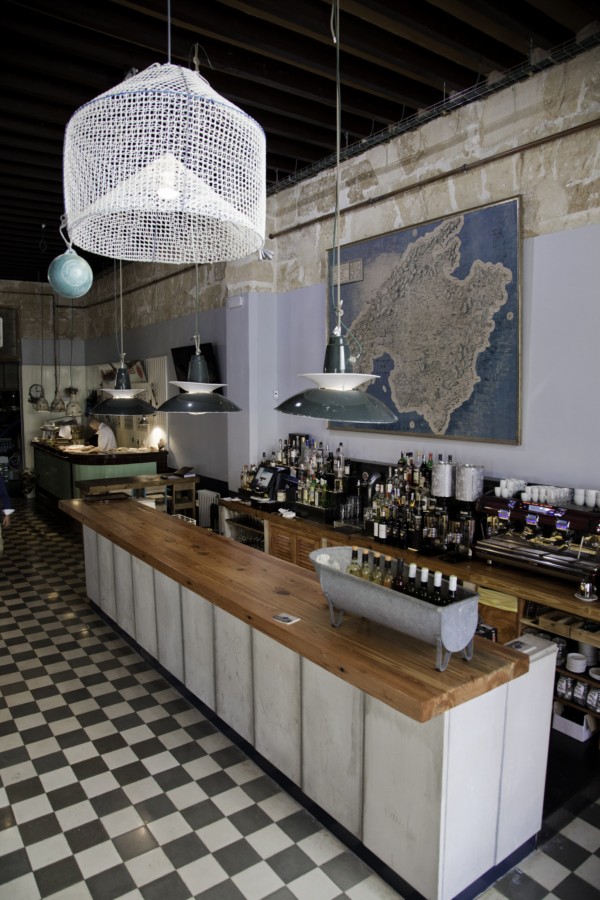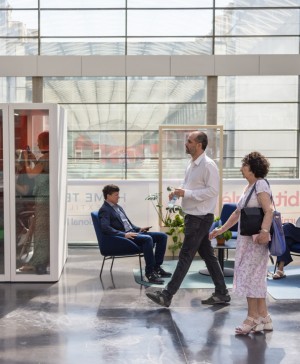Cantina Patrón Lunares – a homage to Palma’s old fishermen’s district.
Montepío del Arrabal, a century-old mutual society in Palma de Mallorca has been transformed into a cantina that revives the spirit of the old fishing district of Santa Catalina and one of its most illustrious residents – Patrón (Captain) Lunares. As part of a drive to recuperate old values, his grandson Javier Bonet has given a new lease of life to the building in order to save it from falling into oblivion. A place to eat but also a local museum where new and old objects are mixed together in poetic harmony.
Part of the magic of Cantina Patrón Lunares is thanks to the locale itself – a large space featuring details and characteristics from 19th century industrial architecture; forged piers, a chequerboard floor made of tinted cement tiles, large openings to the street and carved wood ceilings.
As luck would have the space also had a few hidden treasures such as an original wooden door, which has been painted in the same red tone used by old boats and fishing tools. There is also a beautiful bar of enamelled green tiles, which is now used for serving cold fish and seafood. Also, a wall made of local chalky stone that was hidden for many years underneath layers of paint has now come to light.
Elsewhere, Bonet (a gastronome who created the concept of Pátron Lunares) as much as his partners Oliver Torrents and the graphic designer Joan Chito, have reworked the space so it brims with memory, its surroundings and the world of fishing.
The key was to mix up the objects. Objects that came from the locale itself such as the piano; Objects that came from the family business such as the sail boats of Captain Lunaresand or his precious log book. Also present are objects that have been donated by friends, neighbours and retired sailors; a globe, fishing paraphernalia, traditional Mallorcan artisan objects such as the llengo fabric which covers a bench and old pieces of tableware handmade in Pòrtol.
For the first time, a private collection of photographs of the father of the King of Spain (then the young Prince Juan Carlos) and their adventures on the sea are on display in the dining room, which was the old office of the director of Montepío.
Architectural interventions diversify the space. Most notably the creation of mezzanine. This has three functions; it hides the access to the bathrooms and puts the space that is located underneath it in order. Above, a ship’s cabin has been recreated.
The diverse furniture creates different ambiances. Next to the windows, village life and old-time get togethers are recalled by Chesterfield sofas and armchairs. In the central area of the dining room, maritime culture is alluded to thanks to table legs that are shaped like a ship’s keel.
The concept also incorporates new elements. Worth mentioning are paintings signed by Chito that decorate the locale. They are portraits that convey the personalities of the members and their respective grandparents (including Captain Lunares) and symobolise the passing of time.
Drinks are served from a bar inspired by a sea levee.
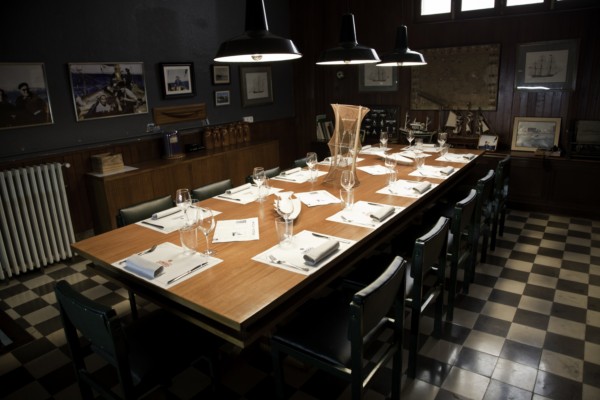

Photographs courtesy of Cantina Patrón Lunares
Cantina Patrón Lunares: Calle de la Fábrica, 30 Barrio de Santa Catalina Palma de Mallorca Reservation: 971 577 154
